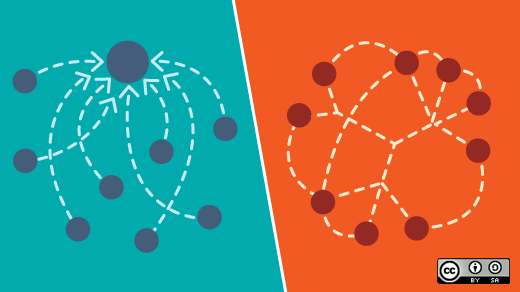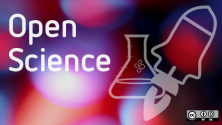A few weeks back in Dublin, Ireland, OpenStack engineers gathered from dozens of countries and companies to discuss the next release of OpenStack. This is always my favorite OpenStack event, because I get to do interviews with the various teams, to talk about what they did in the just-released version (Queens, in this case) and what they have planned for the next one (Rocky).
If you want to see all of those interviews, they are on YouTube here, and I'm still in the process of editing and uploading them. So subscribe, and you'll get notified as the new interviews go live.
In this article, I want to mention a few themes that cross projects, so you can get a feel for what's coming in six months.
I'll start with my interview with Thierry Carrez. While it was the last interview I did, watching it first gives a great overview of the event, what was accomplished, why we do the event, and what it will look like next time. (Spoiler: We will have another PTG around early September, but are still trying to figure out what happens after that.)
One theme that was even stronger this time than past PTGs was cross-project collaboration. This is, of course, a long-time theme in OpenStack, because every project MUST work smoothly with others, or nothing works. But this has been extended to the project level with the introduction of new SIGs—Special Interest Groups. These are teams that focus on cross-project concepts such as scientific computing, APIs best practice, and security. You can read more about SIGs on the OpenStack wiki.
I spoke with two SIGs at the PTG, and I'll share here the interview with Michael McCune from the OpenStack API SIG.
Another common theme in interviews this year was that while projects did make huge progress on the features front, there was also a lot of work in stabilizing and hardening OpenStack—making it more enterprise-ready, you might say. One of these efforts was the “fast forward upgrade” effort, which is about making it easy to upgrade several versions—say, from Juno all the way to Queens, for example—in one step.
Part of what makes that possible is the amazing work of the Zuul team, who develop and run the massive testing infrastructure that subjects every change to OpenStack code to a rigorous set of functional and interdependence tests.
And I'll share one final video with you before sending you off to watch the full list. Over the years, OpenStack had a reputation of being hard to deploy and manage. This has driven the development of the TripleO project, which is an attempt to make deployment easy, and management possible without knowing everything about everything. I did a number of TripleO interviews, because it's a very large team, working on a diverse problem set.
The video that I'll choose here is with the OpenStack Validations team. This is the subproject that ensures that, when you're deploying OpenStack, it checks everything that could go wrong before it has a chance to, so that you don't waste your time.
There are many other videos that I haven't featured here, and I encourage you to look at the list and pick the few interviews that are of most interest to you. I tried to keep them short, so that you can get the message without spending your entire day watching. But if you have any questions about any of them, take them to the OpenStack mailing list where these people will be more than happy to give you more detail.
Want to learn more about OpenStack? OpenStack Summit is taking place in Vancouver from May 21-24. This article was also published on the Red Hat Stack blog.







Comments are closed.